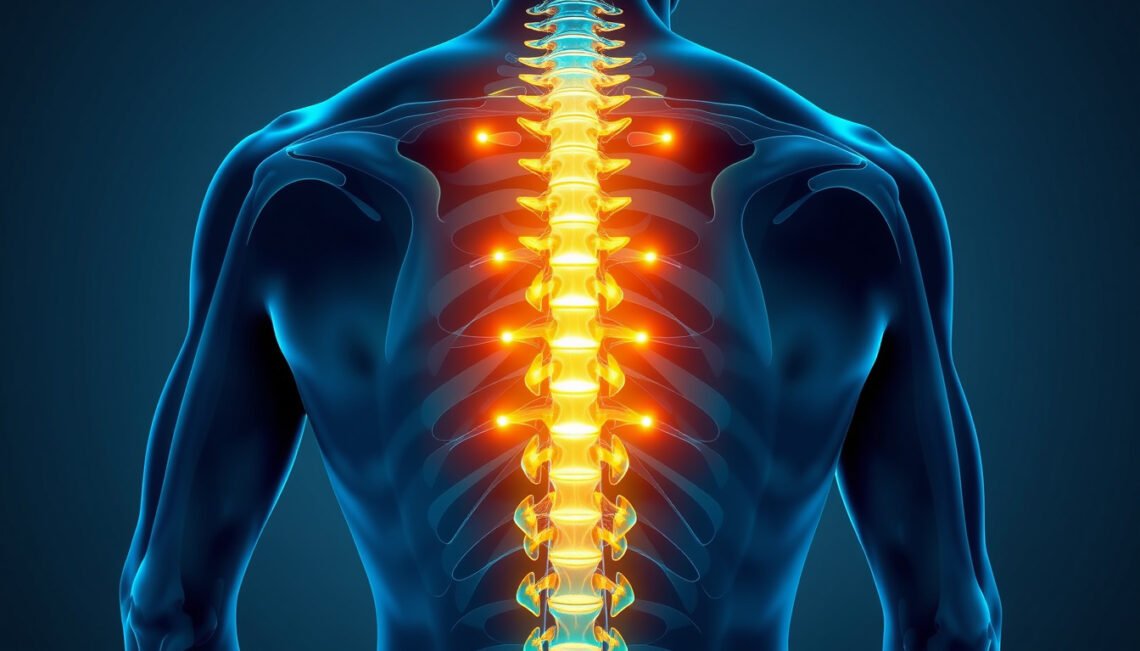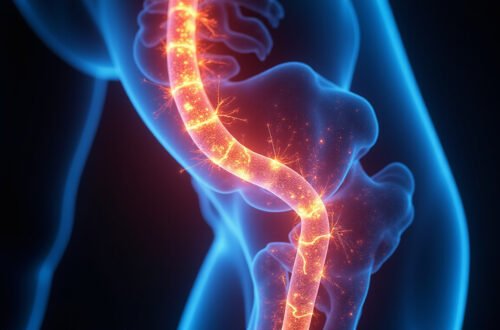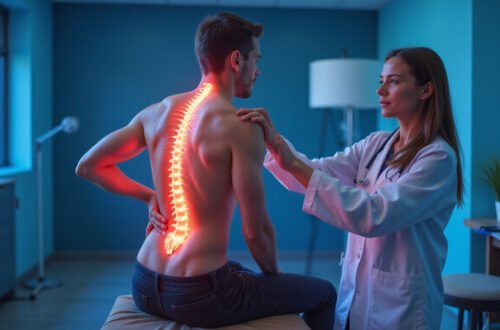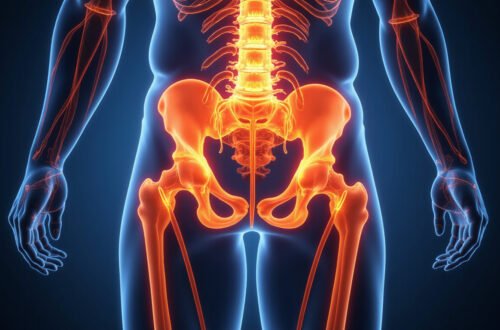If you’re experiencing lower back pain that radiates down your leg, weakness in your legs, or nerve-related issues, you might be dealing with a lumbar disc herniation. Lumbar disc herniation is a common spinal condition that occurs when one of the discs in your lower back herniates or slips out of its normal position, putting pressure on nearby nerves. Understanding the symptoms and treatment options available is essential for effective management and relief.
What Is Lumbar Disc Herniation?
Lumbar disc herniation is a condition where the soft inner core of a lumbar spinal disc protrudes through the tougher outer layer. This protrusion can compress nearby nerve roots, leading to pain, numbness, or weakness along the nerve pathway. According to the National Institute of Neurological Disorders and Stroke, lumbar disc herniation is among the leading causes of sciatica and lower back pain (source).
Common Causes and Risk Factors
Several factors contribute to lumbar disc herniation, including:
- Age-related disc degeneration
- Heavy lifting with improper technique
- Prolonged sitting or sedentary lifestyle
- Obesity
- Repetitive movements or trauma
Understanding these risk factors can help in preventing or managing the condition effectively.
Recognizing Lumbar Disc Herniation Symptoms
Symptoms of lumbar disc herniation can vary depending on the severity of the herniation and the nerves affected. It’s crucial to recognize early signs to seek appropriate treatment.
Key Symptoms Include:
- Lower back pain: Often sudden or gradual, worsening with movement.
- Sciatica: Sharp or burning pain radiating from the lower back down one leg, following the sciatic nerve pathway.
- Numbness or tingling: Feelings of numbness or pins and needles in the leg or foot.
- Muscle weakness: Weakness in the leg, foot, or ankle, leading to foot drop or difficulty walking.
- Loss of reflexes: Reduced reflexes in knee or ankle tendons.
In some cases, symptoms may be worsened by coughing, sneezing, or sudden movements.
Diagnosing Lumbar Disc Herniation
Diagnosis involves a thorough physical examination and imaging tests such as MRI scans, which provide detailed images of soft tissues, including discs and nerves. A precise diagnosis is essential for effective treatment planning.
Treatment Options for Lumbar Disc Herniation
Treatment for lumbar disc herniation aims to relieve nerve pressure, reduce pain, and restore function. Options range from conservative therapies to surgical interventions.
Conservative Treatments
Most cases of lumbar disc herniation improve with non-invasive measures, including:
- Rest and activity modification: Avoid activities that worsen symptoms.
- Physical therapy: Stretching, strengthening exercises, and postural guidance to alleviate pressure and improve mobility.
- Medications: Over-the-counter pain relievers like NSAIDs, muscle relaxants, or nerve pain medications.
- Epidural steroid injections: To reduce inflammation and pain around affected nerves.
- Cold and heat therapy: To reduce muscle tension and inflammation.
It’s typically recommended to try conservative treatments for 4-6 weeks before considering more invasive options.
Advanced Treatments and Surgical Options
If conservative therapy fails to improve symptoms or if there is significant nerve compression, surgical interventions may be necessary.
Common surgical treatments include:
- Discectomy or Microdiscectomy: Removal of the herniated portion of the disc to relieve pressure. Usually performed minimally invasively.
- Laminectomy: Removal of part of the vertebral bone (lamina) to enlarge the spinal canal and reduce nerve compression.
- Spinal Fusion: In cases with instability, fusion may be performed after disc removal to stabilize the spine.
Surgical outcomes are generally favorable, with many patients experiencing significant pain relief and restored mobility.
Preventing Lumbar Disc Herniation
While some risk factors are unavoidable, you can reduce your chances of lumbar disc herniation by:
- Maintaining a healthy weight.
- Practicing proper lifting techniques—using your legs, not your back.
- Staying active with regular low-impact exercises.
- Adopting good posture, especially if sitting for long periods.
- Incorporating core strengthening routines to support your spine.
FAQs About Lumbar Disc Herniation
Q1: What are the early signs of lumbar disc herniation?
Early signs typically include lower back pain and sciatica, characterized by shooting pain or tingling down the leg. Numbness and muscle weakness can develop if the herniation presses on nerves.
Q2: Can lumbar disc herniation heal on its own?
Yes, many cases improve with conservative treatment over time. The body’s natural healing process can sometimes reabsorb the herniated disc material, reducing nerve pressure.
Q3: Is surgery necessary for lumbar disc herniation?
Surgery is usually considered when conservative measures fail after several weeks or if there is significant neurological deficit, such as muscle weakness or loss of bladder control.
External reference: The American Academy of Orthopaedic Surgeons provides comprehensive information about disc herniation and treatment options, emphasizing a personalized approach based on patient condition (source).
Take Action Now!
If you’re experiencing symptoms consistent with lumbar disc herniation, don’t wait until the pain worsens or nerve damage occurs. Consult a healthcare professional promptly to get an accurate diagnosis and personalized treatment plan. With the right approach—whether conservative, physical therapy, or surgical—you can regain mobility, reduce pain, and improve your quality of life. Remember, early intervention leads to better outcomes, so take the first step toward relief today!






